How to Integrate Artificial Intelligence (AI) into your App
Since the advent of ChatGPT in 2022, the technological landscape has been forever changed, with AI becoming the cornerstone of innovation across industries. The surge in AI-based products has reshaped the market, driving businesses to explore ways to integrate AI into their offerings. According to Omdia, the AI software market's global annual revenue is currently over $50 billion, and is forecasted to soar to nearly $100 billion by 2025:
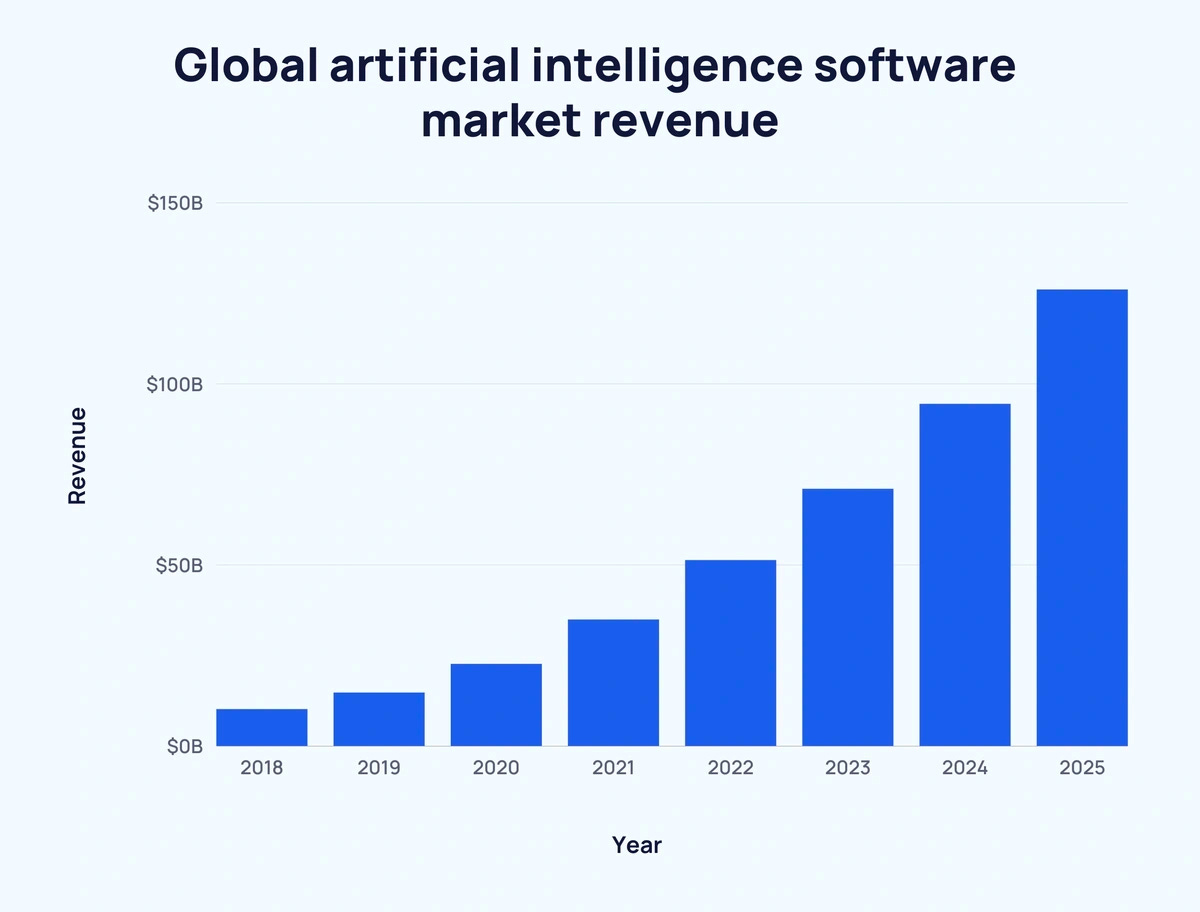
At Holistics, we've also experienced a growing number of customers and prospects clamoring for AI incorporation since the beginning of last year. However, due to the resource constraints, it wasn’t until the Holistics’s Weekathon, our internal annual hackathon, that I found the perfect opportunity to delve into AI world, setting the stage for an exciting experiment within our platform.
In this post, I’ll briefly share my own experience of incorporating ChatGPT 4 into Holistics. Through which, I'll provide a simple guide to tap into AI capabilities for your own application.
Understanding the Basics of an AI-based App
Before delving into the integration process, it is essential to have a basic understanding of AI. At its core, the most significant advantage of AI lies in its ability to reason, mimicking the cognitive processes of the human brain, and its ability to communicate in natural language. These capabilities serve as the foundation for various AI functionalities, enabling software and robots to imitate human-like reasoning and decision-making
However, despite its power, AI isn't always as efficient as traditional programming when it comes to handling requests quickly and predictably. To put it simply, AI can be compared to the human brain, whereas traditional programming can be likened to a calculator. While the brain may struggle with complex and precise calculations, a calculator can perform such tasks swiftly and accurately.
Therefore, in an AI-based product, AI acts as a middle layer between users and the underlying program, capable of interpreting both natural and programming languages.
Consider a scenario where a Vietnamese guest visits a restaurant in Singapore. To ensure a smooth experience, there are three options:
The Vietnamese guest can speak English;
The waiter can speak Vietnamese;
There is a translator proficient in both Vietnamese and English.
In this analogy, AI functions as the translator, bridging the communication gap between the Vietnamese (users) and the waiter (traditional programming).
Additionally, AI can also continually learn to understand the user behaviors and adapt to them over time.
Let’s picture yourself as a regular patron at a downtown restaurant, visiting every Friday at 7 pm. You prefer sitting at a table by the window and always start with a salmon salad. A traditional programming waiter might randomly assign you a table and ask for your appetizer preference each time. However, an AI-driven waiter remembers your preferences from previous visits. Without needing to say anything, you're seated at your favorite table by the window, and your salmon salad is already on its way.
Let's Dive in!
Now that we have a foundational understanding, let's begin the process of integrating AI into our product. Here is a simplified breakdown of the steps involved:
Determine where to leverage AI's capabilities in the app
Prepare the Prompts
Integrate AI to your App
Step 1: Identify areas for AI integration
The first step in integrating AI into our product is identifying the areas where AI can add the most value. Consider the pain points or inefficiencies in our current workflow that could benefit from automation, personalization, or intelligent decision-making.
Think about the following questions:
Where are users encountering obstacles or frustrations in our app?
Are there tasks that could be streamlined or automated?
Are there opportunities to provide personalized recommendations or insights?
etc.
By pinpointing these areas, we can prioritize where to focus your AI integration efforts for maximum impact.
For instance, at Holistics, we recognized a big gap between users' Business Language (what users ask) and the Data Language (what a BI tool can answer). This disconnect often led to users struggling to find the information they needed without a deep understanding of the tool or their organization's data structure, potentially reducing user adoption.
To address this challenge during our Weekathon, my team is exploring AI solutions. Its natural language processing capabilities make it well-suited to bridge this gap, enabling users to interact with our platform more intuitively and effectively.
Step 2: Prepare the Prompts
Once you've identified the areas for AI integration, it's time to prepare the prompts. Prompts are basically the inputs or questions that you'll feed into the AI model to generate responses or outputs.
Since AI acts as a mediator between users and traditional programming, it must translate user input into a format that the program can understand and execute. Your prompts play a crucial role in providing the necessary instructions for this translation process.
Think about these following questions when preparing the prompts:
What information does the AI need to perform its task effectively?
How can you structure the prompts to elicit the desired responses?
Are there any specific language or formatting requirements for the prompts? etc.
Here's a basic example of a prompt: Whenever a user asks something, ChatGPT has to locate and provide a response that contains three important details formatted as JSON:
Honestly, preparing the prompts is a time-consuming and challenging task when integrating AI, as it involves instructing the AI on how to interpret the user's request and translating it into a format that the programming can execute. This task becomes even more challenging when dealing with large and complex applications that have intricate logic.
Step 3: Integrate AI into your App
With the prompts prepared, the next step is to integrate AI into the application. This involves connecting the app to the AI model, and use the results generated in step 2 as the input for the functions within our app. Due to its complexity, this step requires AI engineers to implement it.
What we’ve done in the Weekathon 🎉
In this event, we have built an AI data assistant (MAID) that guides business users to ask the right questions, and translate business questions into structured analytics questions, using natural language:
And we have got the 4th prize at the end. Yay!
Final Thought
Although our attempt to incorporate AI into the application was a success, it is evident that there is still a lot of work to be done in order to guarantee a smooth user experience, particularly due to the intricate nature of the Holistics App. Additionally, choosing the appropriate AI model brings its own set of difficulties. We must discover a model that achieves a proper balance between capabilities, performance, data security, and expenses.
However, as we move forward, I can’t wait to see potential AI solutions that may emerge within Holistics in the future 😆
If you’re finding this post valuable, share it with a friend, and consider subscribing if you haven’t already.
#WOTN5 Bài viết thuộc thử thách viết 30 ngày của khóa học Writing On The Net.


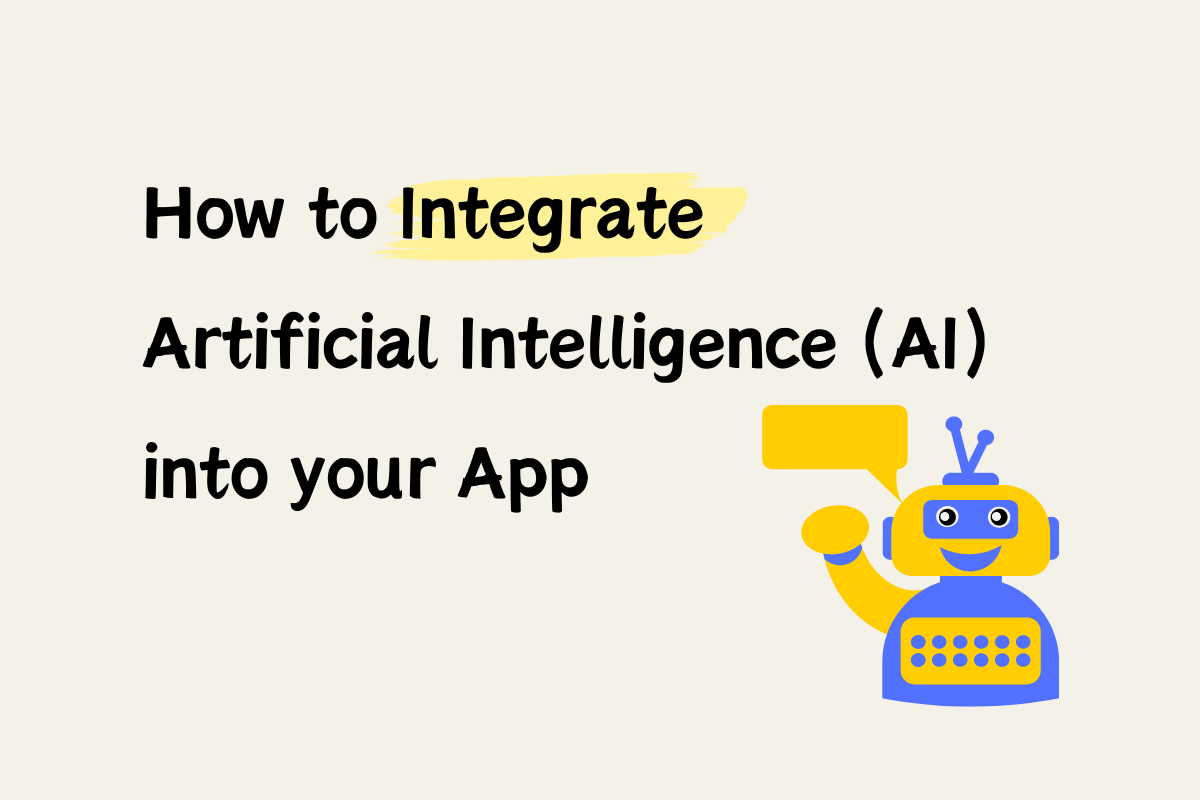
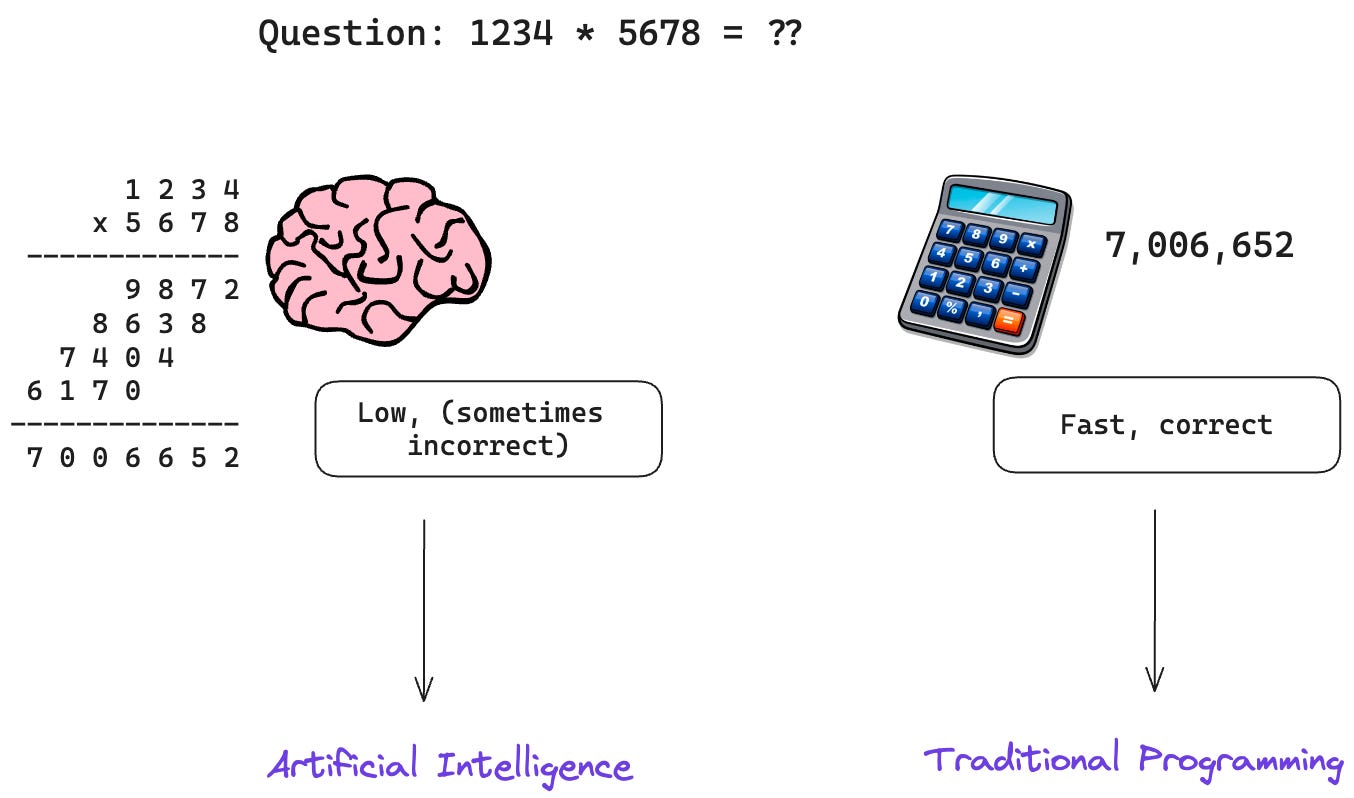
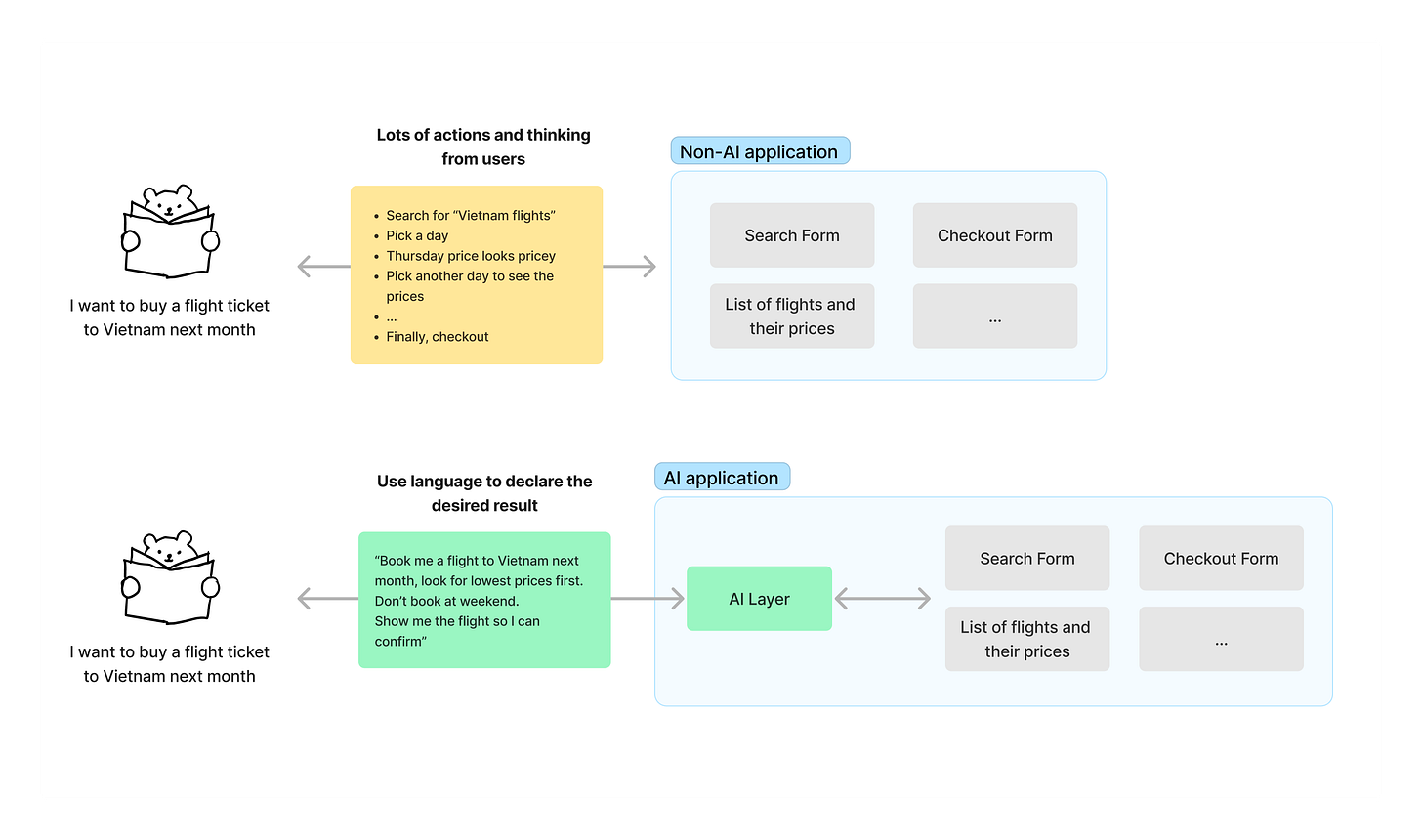
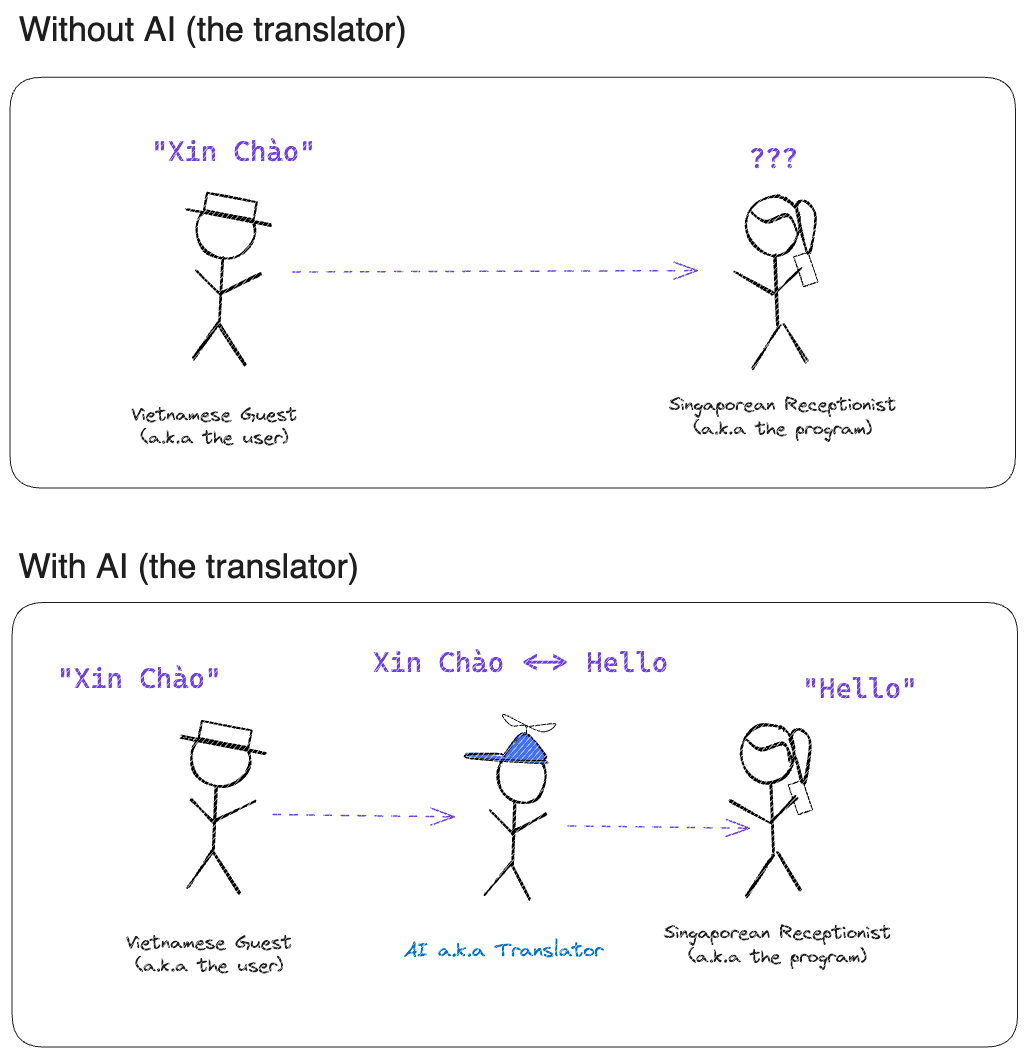
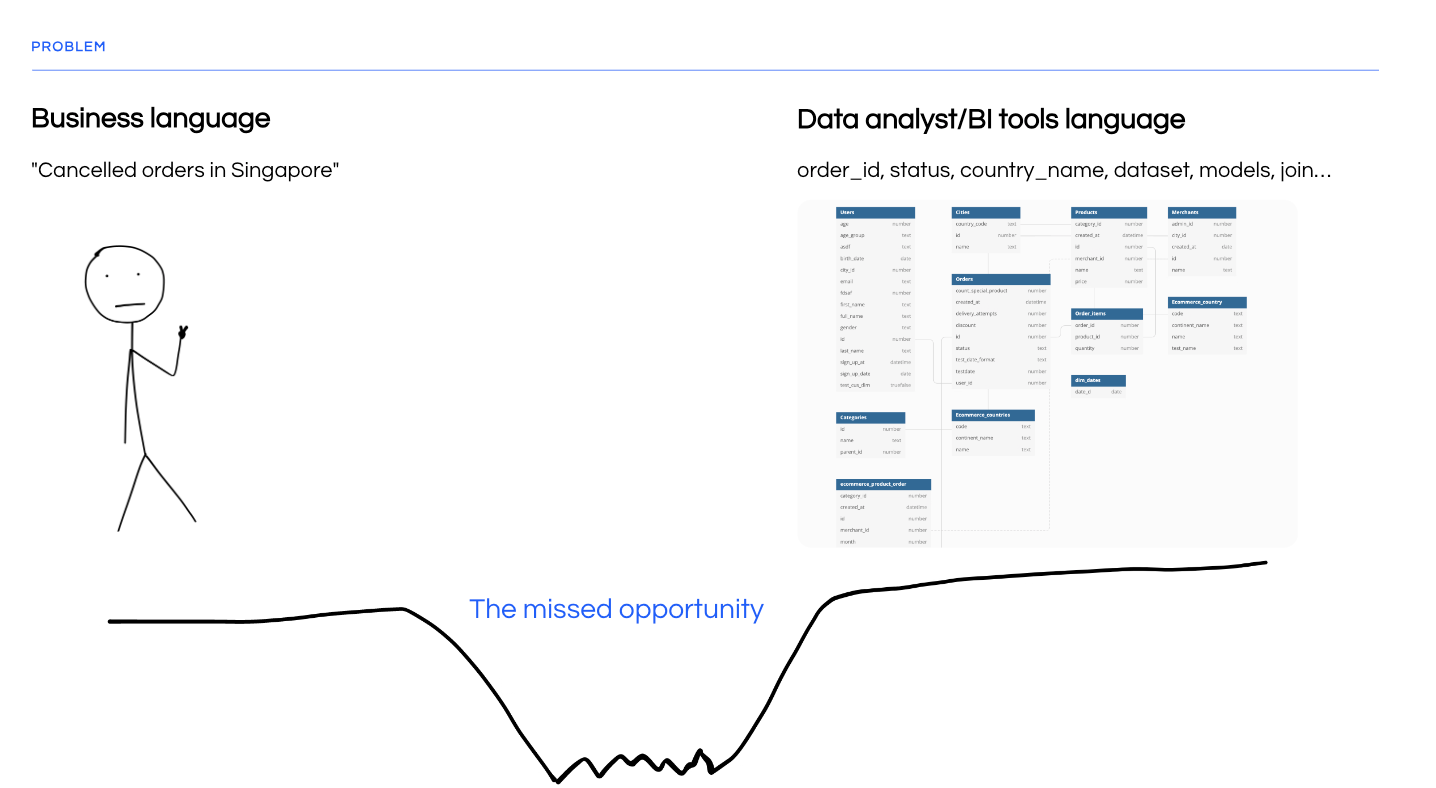
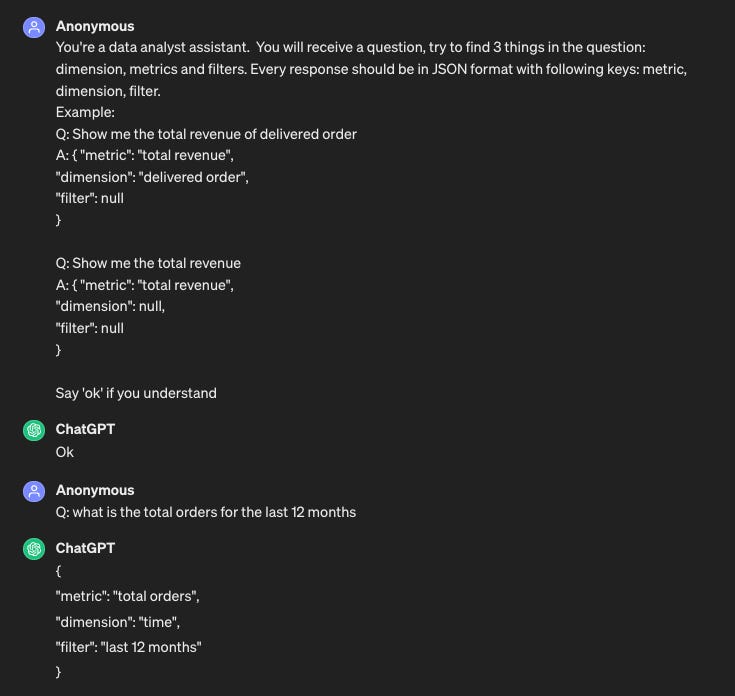
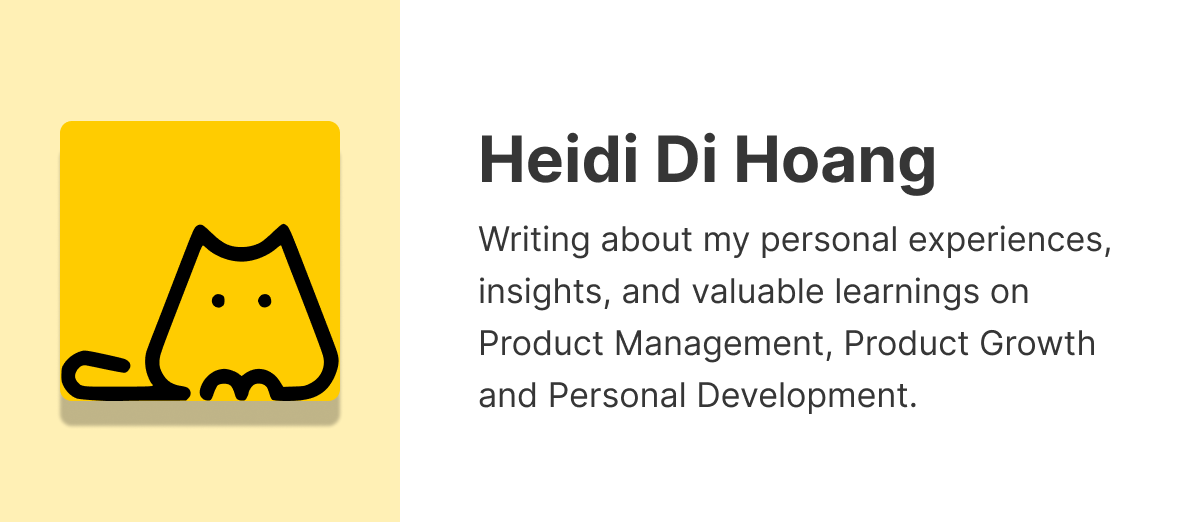
love love this, congrats on getting 4th prize!!!! 🔥
Vẫn là những content siêu hay đến từ vị trí chị Heidi